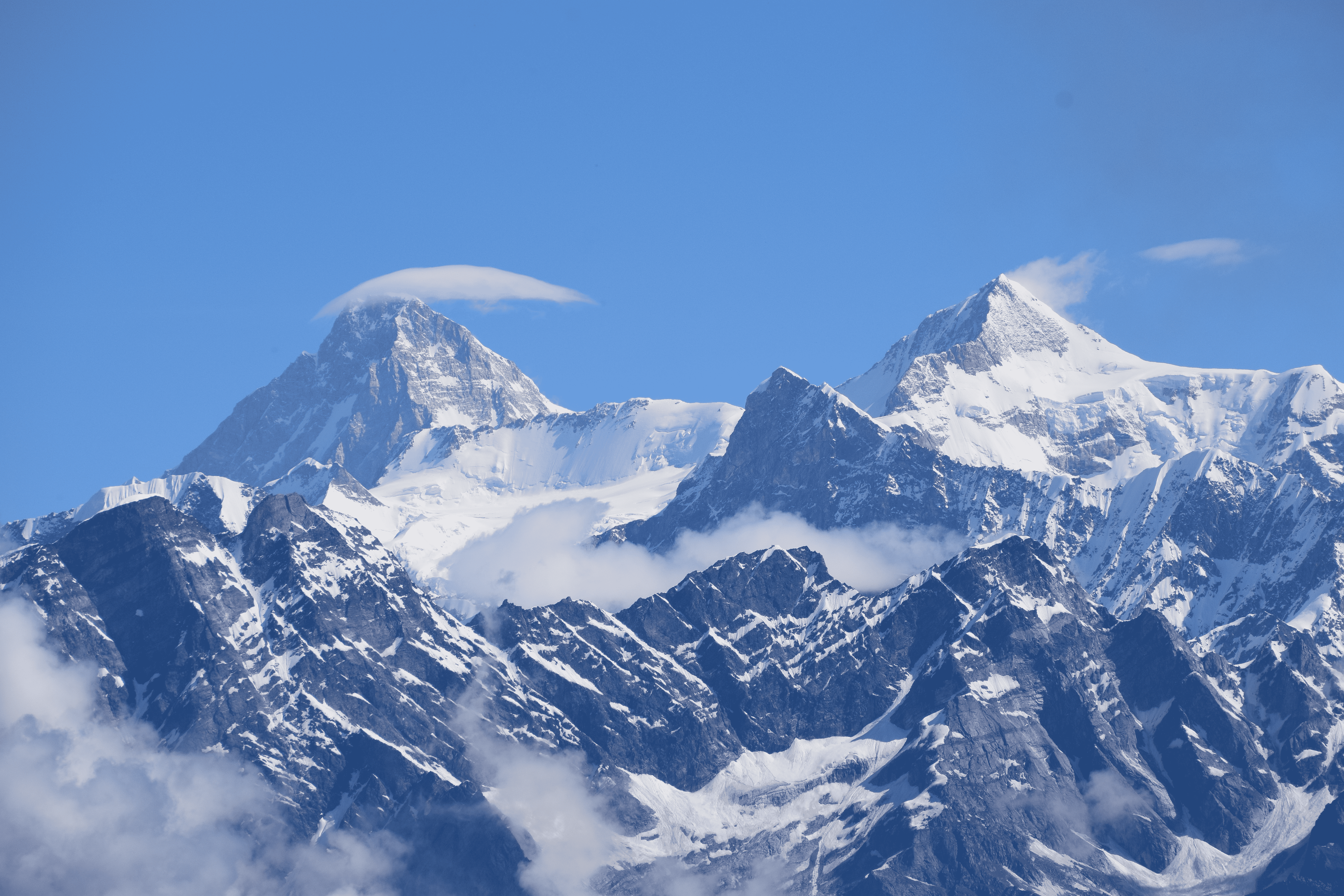
Introduction
My recent adventure took me from the bustling city of Bangalore to the serene and majestic Kuari Pass in the Garhwal Himalayas. Known for its breathtaking landscapes and challenging trails, the Kuari Pass Trek has always been on my bucket list. Here’s a detailed account of my journey, from planning and preparations to the unforgettable experiences along the trek.
Before setting off, I had to ensure I was physically and mentally prepared for the trek. Regular cardio workouts and strength training helped me build the stamina needed for the trek. I also invested in quality trekking gear, including sturdy boots, a waterproof jacket, and a reliable backpack.
Living in Bangalore, the first step was to plan my travel to Uttarakhand. I booked a flight from Kempegowda International Airport to Jolly Grant Airport in Dehradun. From there, my journey continued by road to Joshimath, the base for the Kuari Pass Trek.It is about a 250 km drive from Rishikesh to Joshimath and takes about eight to nine hours with a couple of breaks.
Nestled in the heart of the Garhwal Himalayas, the Kuari Pass Trek is a dream come true for me. This trek, also known as the Lord Curzon Trail, offers breathtaking views of some of the most majestic peaks in India, including Nanda Devi, Dronagiri, and Kamet. The journey through lush forests, quaint villages, and expansive meadows makes it a perfect blend of nature, culture, and adventure.
Our trek to Kuari Pass started from the town of Joshimath in Uttarakhand.
Joshimath to Dhak to Gulling
After a hearty breakfast, we set off for the village of Dhak, the starting point of the trek. The initial part of the trek involved a gentle climb through terraced fields and sparse forests. The weather was perfect, and the trail offered stunning views of the surrounding peaks and the Alaknanda River. By afternoon, we reached the charming campsite at Gulling, nestled among oak and rhododendron trees. The evening was spent around a campfire, sharing stories with fellow trekkers and soaking in the tranquillity of the mountains.
Gulling to Tali Top
The next day, we trekked from Gulling to Tali Top. The trail took us deeper into the forest, with the landscape gradually changing from oak to dense rhododendron forests. The spring season had adorned the trail with vibrant rhododendron blossoms, adding a splash of colour to the journey. Tali Top, at 11,070 feet, offered panoramic views of the surrounding mountains and a serene campsite under a canopy of stars. The night was magical, with the clear skies revealing a blanket of twinkling stars.
Tali Top to Kuari Pass and back to Tali Top
This was the most challenging yet rewarding day of the trek. The trail ascended through rocky terrain and snow patches, leading us to the Kuari Pass at 12,516 feet. The 360-degree view from the pass was simply breathtaking, with towering peaks like Nanda Devi, Dronagiri, Chaukhamba, and Hathi Ghoda surrounding us. We spent some time at the pass, taking in the stunning views and capturing memories, before descending back to Tali Top for the night. The sense of accomplishment was overwhelming.
Day 4: Tali Top to Auli via Gurson Bugyal
The final day of the trek took us through the picturesque meadows of Gurson Bugyal. The expansive views of the snow-capped peaks were a treat for the eyes. The trail gently descended to Auli, a popular skiing destination. From Auli, a short drive brought us back to Joshimath, where I reflected on the incredible journey I had just completed. The trek had been a perfect blend of adventure, nature, and serenity.
Conclusion
The Kuari Pass Trek was an unforgettable experience, offering a perfect escape from the hustle and bustle of city life. The journey from Bangalore to the Garhwal Himalayas was filled with excitement, challenges, and breathtaking views. This trek not only allowed me to reconnect with nature but also provided a sense of inner peace and accomplishment. If you’re looking for an adventure that combines stunning landscapes with a rich cultural experience, the Kuari Pass Trek is a must-do.
Next is for you!
Best Time to Visit
The Kuari Pass Trek can be undertaken year-round, but the best time is from April to June and September to November. During these months, the weather is pleasant, and the trails are clear, offering the best views of the surrounding mountains. In winter, the trek transforms into a snow-covered wonderland, providing a different but equally enchanting experience.
So, pack your bags, lace up your boots, and get ready for an adventure of a lifetime in the lap of the Himalayas!